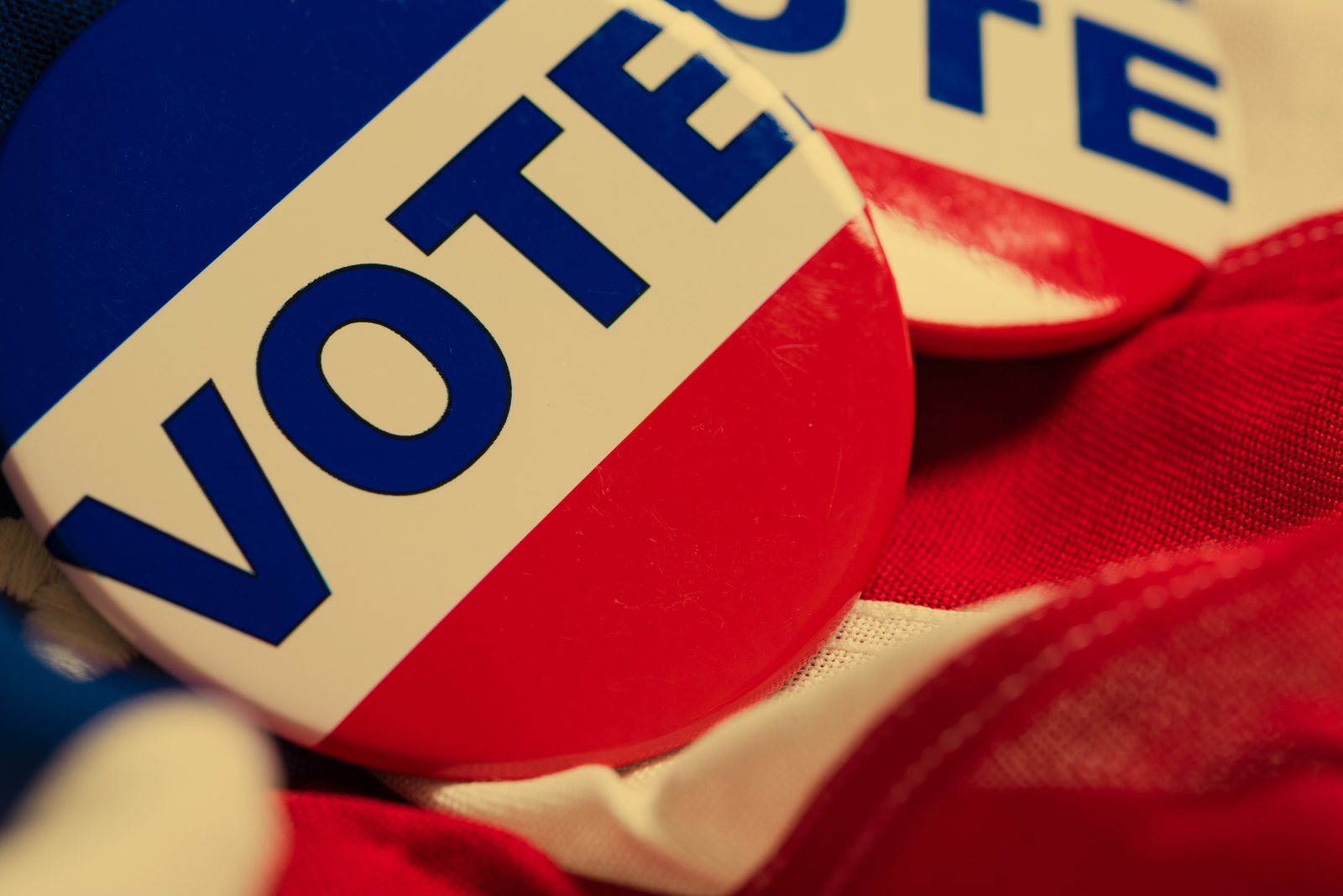President
The new Hillary Clinton email revelation has ushered in a sense of doubt surrounding the final week of this unique presidential campaign. In fact, the latest four polls taken between the October 26-31 period find the race reverting back to within the polling margin of error.
The ABC News/Washington Post rolling tracking survey (10/27-30; 1,167 US likely voters) reports Clinton’s lead dropping to only one percentage point, 46-45%. The Investors Business Daily/TIPP poll (10/26-31; 1,018 US likely voters) also sees a one-point separation between the two candidates. Rasmussen Reports (10/27-31; 1,500 US likely voters) projects a flat tie, 44-44%. Finally, the Lucid/New Orleans Times Picayune (10/29-31; 866 US likely voters) forecasts a two-point spread, 42-40%. This portends quite a different scene from just one week ago.
Trends seem to be favoring Trump now in Florida, Ohio, and Iowa. He’s getting back into range in North Carolina and Nevada. The 2nd District of Maine, from one of two states that splits its electoral votes, becomes another possibility for the Republican to add one additional tally. But, Trump must take all of these entities and find one other if he is to forge a winning Electoral College majority.
Three states, Colorado, New Hampshire, and Pennsylvania, appear as his only final state possibilities, but he leads in none of them right now.
Six polls have been fielded in PA since October 23rd, and all show a Clinton advantage, anywhere from two to eleven points. The latest University of New Hampshire/WBUR-TV survey (10/26-30; 641 NH likely voters) gave Clinton a 46-39-6-1% advantage over Mr. Trump, Libertarian Gary Johnson, and the Green Party’s Jill Stein in the Granite State. Finally, in Colorado, Republican polling firm, Remington Research (10/30; 1,176 CO likely voters) sees only a one point difference between the two candidates, at 45-44%, which is the Republicans’ best Centennial State showing to date.
Though these polls all suggest that each particular state is within Trump’s grasp, at least one of the latter three must fall his way in order to declare final victory next week, assuming the previously mentioned states all break his way and he retains the 23 normally Republican entities. While closer to achieving all of this, the national map still favors Ms. Clinton even with her record low favorability rating (38:60% positive to negative according to the ABC/Washington Post survey).
Senate
Entering the final week of campaigning, we still do not have a sense as to which party will control the Senate majority next year. Right now, it appears that Democrats look secure in 48 seats, counting holdovers, and Republicans’ 47. Five contests remain as toss-ups. The Democratic number includes converting Republican seats in Illinois, Indiana, and Wisconsin.
If Democrats hold the Nevada Senate race (Democratic former Attorney General Catherine Cortez Masto and Rep. Joe Heck (R-Henderson)), it means they would only have to win one of the remaining four seats to re-gain the majority assuming Hillary Clinton and Tim Kaine are successfully elected President and Vice President. Right now, this race continues to seesaw between the two Senate candidates. The latest survey, from the Emerson College Polling Society (10/26-27; 550 NV likely voters), gives Republican Heck a 48-44% advantage.
North Carolina Sen. Richard Burr (R-NC) continues to hold a small edge over Democratic challenger Deborah Ross. The latest released survey, from local Elon University (10/23-27; 710 NC likely voters), gives the Senator a three-point advantage, 45-42%.
Monmouth University (10/28-31; 405 MO likely voters) finds Sen. Roy Blunt (R) clinging only to a 47-46% edge over Secretary of State Jason Kander (D). While this poll is consistent with several others, the same respondent sample gives Donald Trump a whopping 52-38% lead over Hillary Clinton. If true, then Sen. Blunt should be ahead by a much greater margin.
Democrats appear to be forging ahead in New Hampshire (Sen. Kelly Ayotte (R) vs. Gov. Maggie Hassan (D)), and Pennsylvania (Sen. Pat Toomey (R) opposing Katie McGinty (D)), but these races have been volatile for months and could easily snap back to produce a Republican victory next Tuesday.
House
The latest Clinton email development and the tightening of the presidential contest will likely help down ballot Republicans, as mentioned above. This is so because Republican turnout will likely be better than feared when it appeared Ms. Clinton had virtually clinched the national campaign.
Democrats still appear poised to make some gains but should the 18 toss-up seats split 50/50, then overall GOP losses will likely fall in the dozen-seat range. This type of result would give the Republicans a majority around the 235 mark, which is exactly in their typical range since they began winning House control back in 1994. In the last eleven congressional terms, Republicans have controlled the House for all but four years.
With a combination of a better Republican voter turnout model and congressional district maps that favor them, the GOP will retain House control for another term. If Ms. Clinton does become President and Democrats re-gain a small Senate majority, then divided government will continue into the next congressional session.
